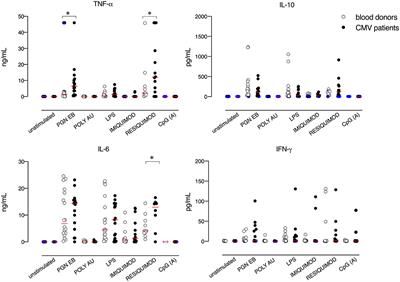EDITORIAL
Published on 07 Jul 2021
Editorial: Cytomegalovirus Pathogenesis and Host Interactions
doi 10.3389/fcimb.2021.711551
- 3,662 views
- 3 citations
36k
Total downloads
169k
Total views and downloads
EDITORIAL
Published on 07 Jul 2021
BRIEF RESEARCH REPORT
Published on 27 Jan 2021

BRIEF RESEARCH REPORT
Published on 08 Jan 2021

BRIEF RESEARCH REPORT
Published on 30 Sep 2020

REVIEW
Published on 17 Sep 2020

ORIGINAL RESEARCH
Published on 15 Sep 2020

BRIEF RESEARCH REPORT
Published on 26 Aug 2020

BRIEF RESEARCH REPORT
Published on 25 Aug 2020

BRIEF RESEARCH REPORT
Published on 07 Aug 2020

REVIEW
Published on 31 Jul 2020

ORIGINAL RESEARCH
Published on 30 Jul 2020

REVIEW
Published on 29 Jul 2020
